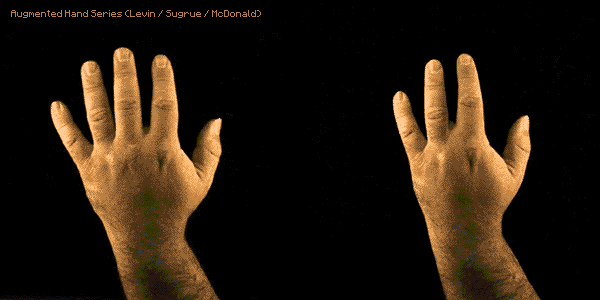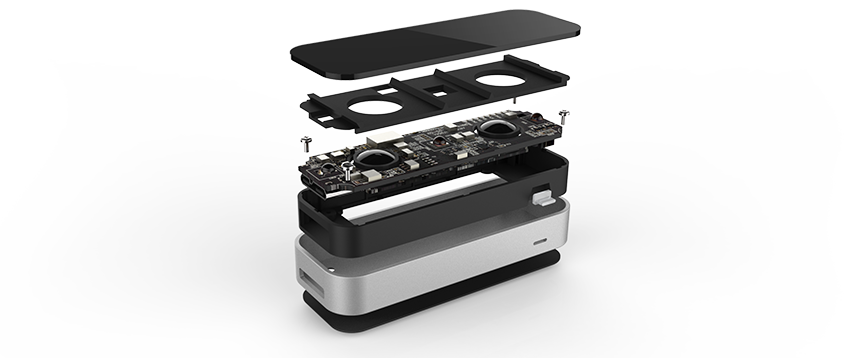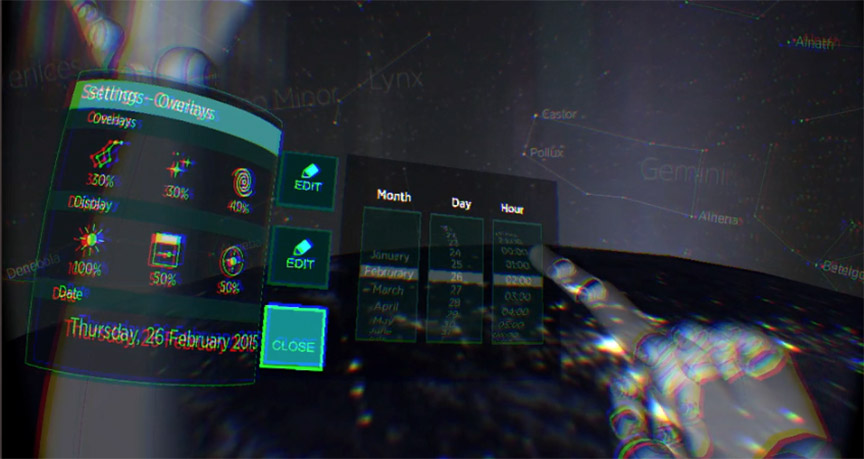In 2014 we released the Leap Motion Image API, to unlock the possibilities of using the Leap Motion Controller’s twin infrared cameras. Today we’re releasing an experimental expansion of our Image API called LeapUVC.
// Education
At its most powerful, education harnesses our natural curiosity as human beings to understand the universe and everything in it. This week on the blog, we’re exploring what it means to actually reach into knowledge – and why developers are at the forefront of how the next generation is learning about the world they live […]
At its most powerful, education harnesses our natural curiosity as human beings to understand the universe and everything in it. This week on the blog, we’re exploring what it means to actually reach into knowledge – and why developers are at the forefront of how the next generation is learning about the world they live […]
The world is changing – can you hack it? At Leap Motion, we believe that the next wave of technological interfaces will rely on the original human operating system: your hands. Whether you’re giving people the power to grab a skeleton, reaching into a human heart, or teaching anyone how to program, hands are powerful.

The “Augmented Hand Series” (by Golan Levin, Chris Sugrue, and Kyle McDonald) is a real-time interactive software system that presents playful, dreamlike, and uncanny transformations of its visitors’ hands. It consists of a box into which the visitor inserts their hand, and a screen which displays their ‘reimagined’ hand—for example, with an extra finger, or with fingers that move autonomously. Critically, the project’s transformations operate within the logical space of the hand itself, which is to say: the artwork performs “hand-aware” visualizations that alter the deep structure of how the hand appears.
Over the next several weeks, we’re spotlighting the top 20 3D Jam experiences chosen by the jury and community votes. These spotlights will focus on game design, interaction design, and the big ideas driving our community forward. Tomáš Mariančík wants to change how people learn about the world and bring their ideas to life. While […]




